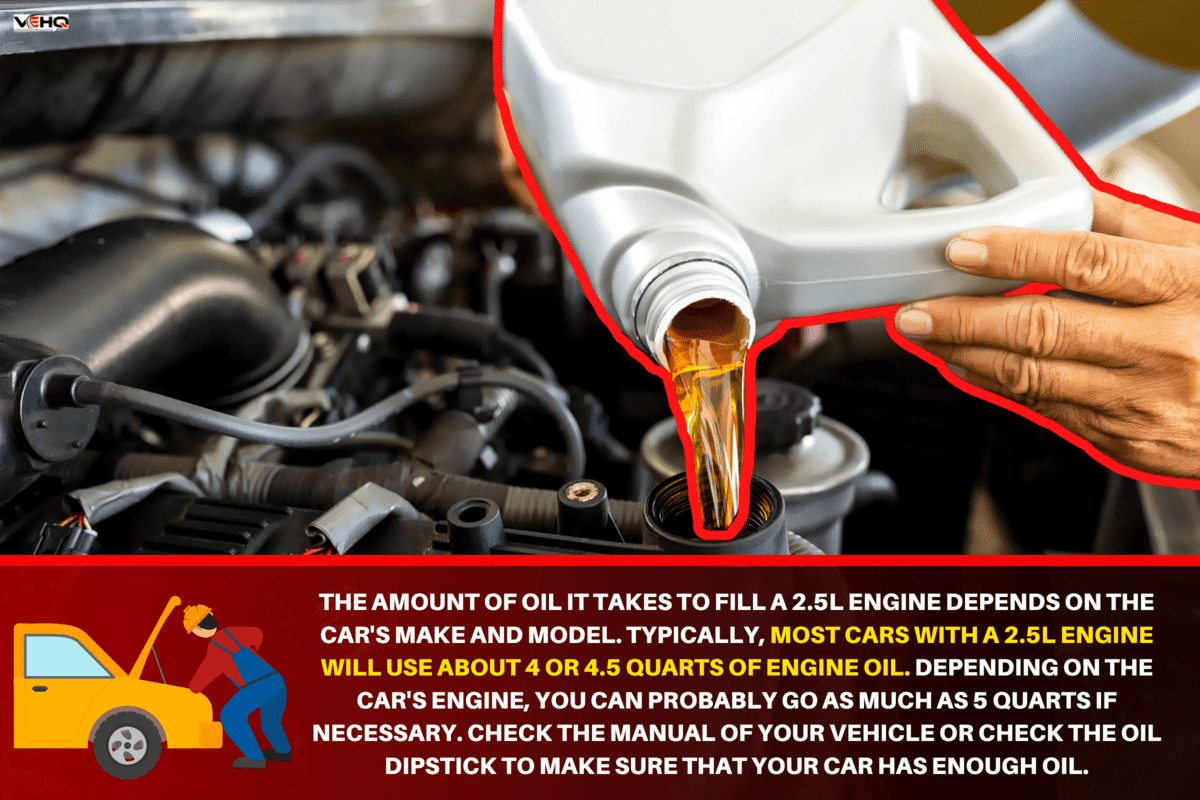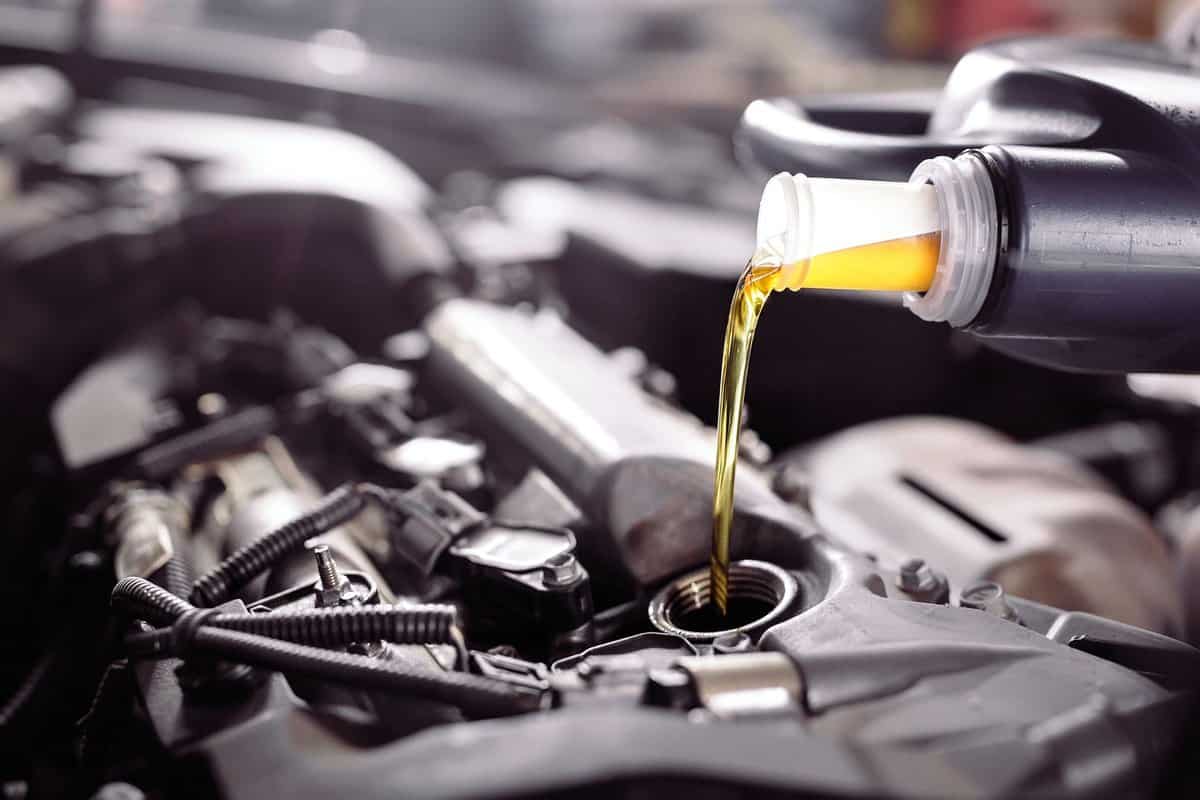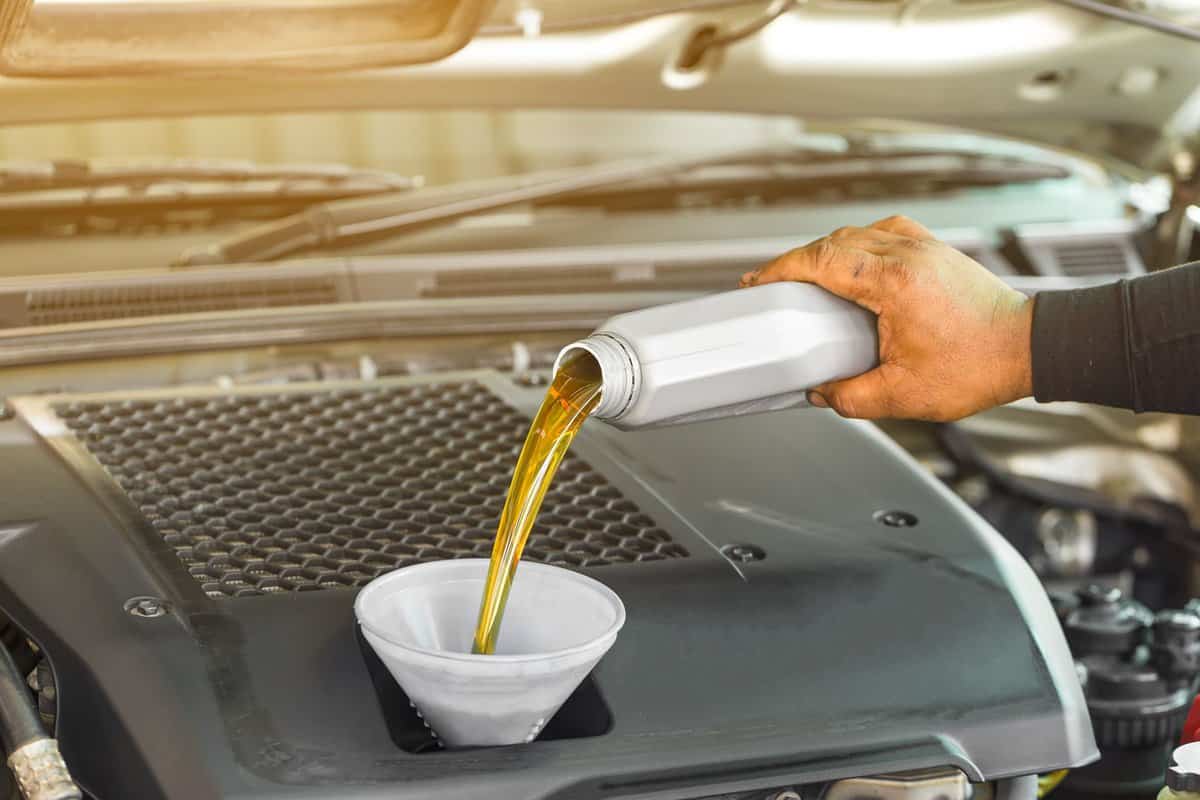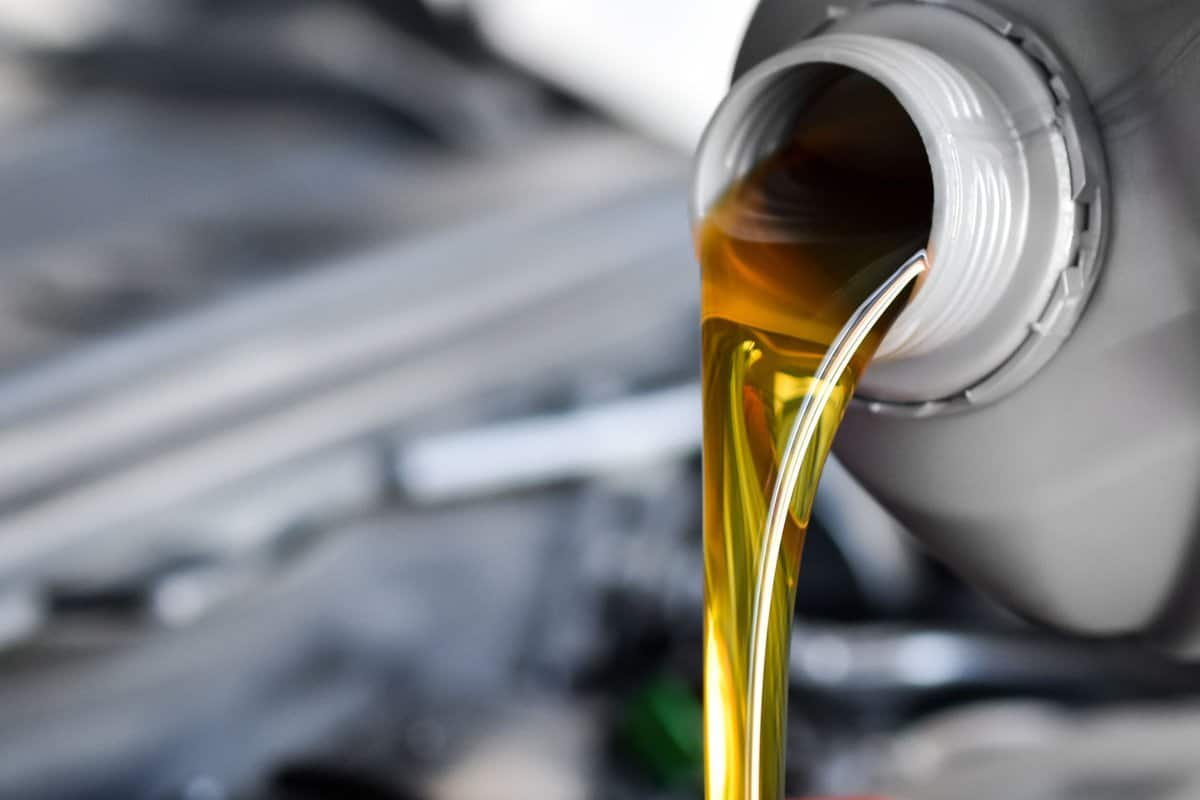Putting oil in your engine is one of the most important maintenance tasks car owners have to do. If you have a 2.5L engine, you've probably wondered how much oil it will take to fill them correctly. We looked into vehicles with 2.5L engines to find the answers for you.
The amount of oil it takes to fill a 2.5L engine depends on the car's make and model. Typically, most vehicles with a 2.5L engine will use about 4 or 4.5 quarts of engine oil. Depending on the car's engine, you can probably go as much as 5 quarts if necessary. Check your vehicle's manual or the oil dipstick to ensure that your car has enough oil.
Knowing how much oil an engine can have is essential to avoid other issues if the owner doesn't fill the car with enough oil or puts too much of it. In this post, we will discuss how much oil an engine can hold and the right oil to use in your vehicle. We'll also talk about other engine oil-related issues, so keep reading this post to learn more!

How Much Oil Does A 2.5L Engine Take?

Maintaining a car entails many different tasks, particularly when it comes to engine care. An oil change or checking the engine's oil is one of the most common tasks that should regularly be done to a vehicle. The owners themselves can do this maintenance task without having to bring the vehicle to the nearest service center.
Owners who have a car that has a 2.5L engine often ask how much oil their vehicle needs. To answer this question, vehicles with this engine size will use about 4 to 5 quarts of engine oil. This question has no specific volume because different cars have different oil capacities.
On average, engines of this size use about 4.5 quarts of oil. If you are looking to buy engine oil for your vehicle, you will usually find them in 5-quart bottles, which is the average amount most cars need.
Check the user manual if you're unsure how much oil your engine can hold. Cars have a user manual that lists all the specifications of the vehicle. This will include the oil capacity, fuel capacity, and all other fluids the car needs.
How Much Oil Should I Put In The Car?

Generally speaking, there is no general rule about how much oil one should put in a car unless the oil in the tank is freshly changed. If you are simply refilling the oil, the user has to rely on the car's oil dipstick to check how much oil should be put in.
For bigger engines, refilling the engine oil tank usually need about a quart or so of engine oil at a time. Smaller vehicles will probably need less.
To ensure you are not overfilling the tank, pour the oil slowly in batches until you reach the optimum level in the tank. Don't pour the oil all in one go because the engine oil might overflow. Use a funnel when refilling the tank, so you will see how much you'll have to put.
How Do I Know What Engine Oil To Use?

The first thing any car owner should do is to read their car's user manual. This will state the kind of oil the car should use and the preferred brands the manufacturer has chosen for their engines. Of course, you definitely don't have to buy the exact same brand, but you should choose the same kind of oil for your vehicle.
Your vehicle's engine oil will also depend on the viscosity grade that the manufacturer has provided. This viscosity grade (W) refers to the engine oil's viscosity, pumpability, and lubrication readiness. These viscosity grades vary depending on the starting temperature of the engine, so it will greatly depending what kind of climate the car is in.
To choose the best oil for your engine, the American Petroleum Institute or API also lists a quality certification or performance level listing for engine oils. These performance indicators are important because they can affect the car's warranty, depending on the manufacturer.
The best way to check if the oil conforms and is tested by the API is when you see the starburst symbol on the engine oil bottle. This will ensure that your engine oil has been certified and is used by carmakers everywhere.
Most modern vehicles use synthetic or synthetic blend oil for the type of oil you choose. Synthetic oils have fewer impurities than conventional oil. They also have better properties with higher-performing additives, making them better to use in high or low-temperature performance.
Synthetic blend oils, on the other hand, is synthetic oil mixed with conventional oil. They are more resistant to oxidation and can perform better in low temperatures.
How To Top Up Oil In Car

If you find that your engine oil needs refilling, you can definitely do it by yourself. You'll need a funnel to make it easier and less messy, but if you have a steady hand, you can simply do without it.
Here are the steps on how to top up the oil in your car:
- Check the oil by pulling out the dipstick and wiping it clean. Put it back in the tube and pull it out again to check the level of the oil. If the oil is close to the minimum mark, you'll need to refill or top up the engine oil.
- Find the oil tank in the engine bay of your vehicle. You'll find the oil filler cap with the word 'OIL' or a drawing of an oil can on it.
- Remove the oil filler cap and put a funnel over the lip of the tank.
- The average amount of oil needed between the minimum and maximum marks on the dipstick is about a quart of oil. If the oil is close to the minimum or on the minimum mark, slowly add about a quart to the tank.
- If you are unsure, just pour the oil slowly in batches. Wait for a couple of minutes for the oil to run down, and check the dipstick again.
- Repeat the process until you are satisfied with the oil you see on your car's dipstick.
What Happens If You Put The Wrong Oil In Your Car?
Choosing the wrong engine oil for your vehicle can cause more issues than fixing it. This is why it is very important to know the right oil that you need by checking the manual before purchasing any engine oil at the automotive store.
One of the issues your car can face if you use the wrong kind of oil is poor lubrication. Since engine oil is responsible for the lubrication of all the moving parts of the engine, the wrong kind of oil can put added work on the engine parts. Reduced lubrication on the engine can also cause corrosion and a whole host of other issues that shouldn't happen.
Using the wrong engine oil on your vehicle can also shorten the engine life. The wrong kind of engine oil, like using conventional oil over synthetic engine oil, can cause deteriorating changes to the engine.
Wrapping Things Up
Vehicles with big 2.5L engines typically need a lot of oil to lubricate all the engine's moving parts. Maintain your vehicle in its best shape by regularly checking the oil of the engine, especially if the car is always in use. Prevent the corrosion of engine parts by keeping this maintenance habit, and your vehicle will last a very long time.
Are you looking for more information about engine oils for your car? We have a couple of articles that you might find interesting:
